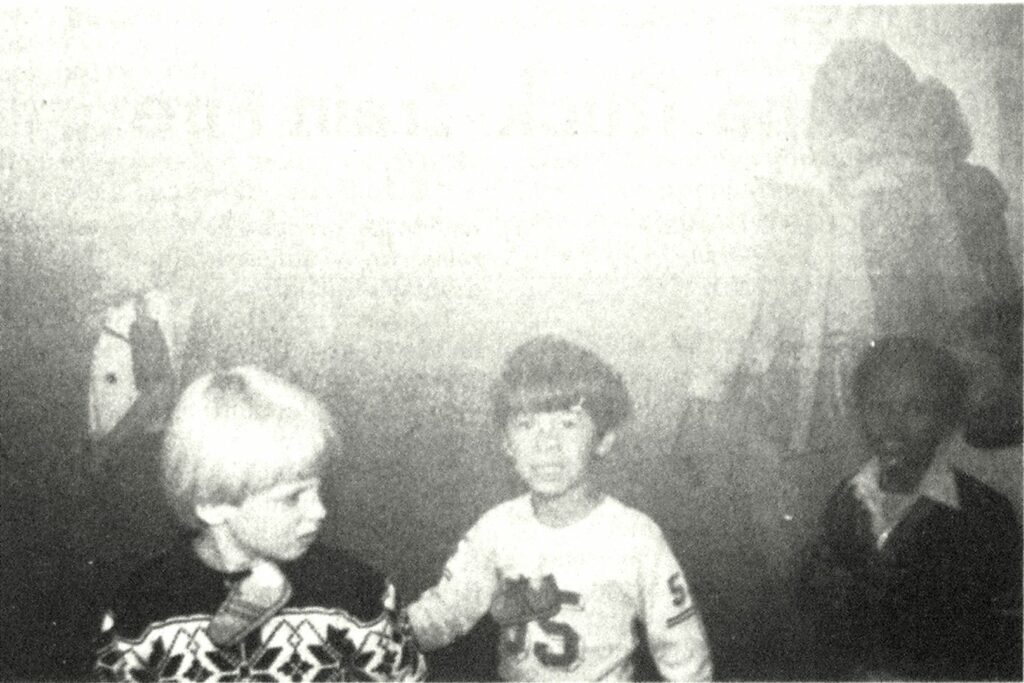
Simulated Smoke adds Realism To Schools’ Fire Drill Programs
Simulated smoke is used in Bloomington, Ill., school fire drills to add a bit of realism. Believing that practical experience is often a preferable substitute for classroom theory, the Bloomington Fire Department introduced the “smoke” to train local children to perform with confidence in a fire emergency.
Chief Richard Denman originally proposed using pepper fog in the schools in 1976. It obscured vision without harming the air to be breathed. Bloomington fire fighters were already being trained this way. Pepper fog, contrary to its name, is a nonirritating, nontoxic vapor produced when water is injected through a pepper fogger machine or insect fogger machine.
In September 1977, Fire Marshal Billy B. Vandevender, Fire Inspector Alan Otto, and I presented the first smoky fire drill program to the 13 elementary schools in the city. This included approximately 4500 children from kindergarten through sixth grade.
Each program takes approximately 45 minutes. The children are shown a film on fire safety and demonstrations on fire procedures such as the stop-drop-roll technique plus escape procedures from home and school. It is made perfectly clear that the smoky atmosphere in the drill is unlike a real fire. The major objective in the program is to illustrate with additional realism the conditions of obstructed vision created during a fire. Once the students are sent back to their rooms, the hallways, exits and stairs are filled with pepper fog. Fire department personnel are placed throughout the school to ensure there is no running or tripping. Once all areas are filled with the smoke, the alarm is pulled and the students exit in their normal manner.
The program is designed to educate the teachers as well as the students. When outside at their designated points, every teacher is asked, “Do you have all your students?” The added feature of “kidnapping” a student during evacuation has produced a few red-faced teachers. The purpose of doing this is to make sure every student is accounted for, because the first question of arriving fire fighters will be “Is everyone out?” Being able to answer that question accurately will make the fire department’s job much easier. Once outside with everyone accounted for, everyone is gathered around the fire apparatus. The fire suppression crew demonstrates the equipment operation and answers questions from the students.
This program is conducted each year at the schools, usually during the month of September, as a kick-off for Fire Prevention Week activities in October. Responses to the program have been tremendous. School officials, parents, and teachers, stating “I wish we had this years ago,” have praised the program. More importantly, participating students return to their homes with excited descriptions of their “real life” experience and with information that may some day save their lives and with an improved attitude toward emergencies.
The department’s feeling and philosophy has been: Educate the children and they will educate mom and dad.


PHOTOS by Fire Inspector Clyde R. Goin

